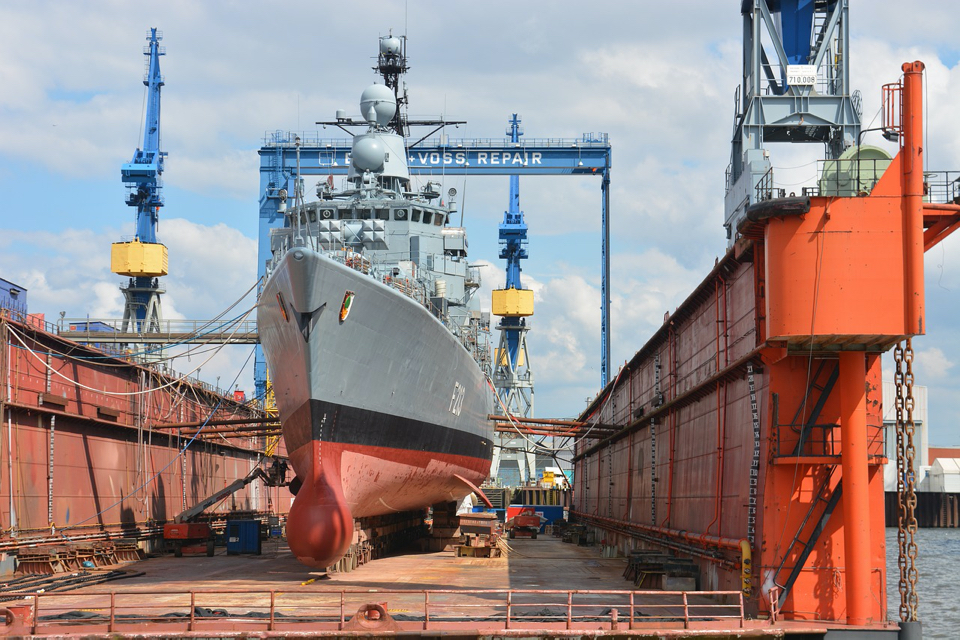SEA Europe calls on European policymakers to formulate a comprehensive European Maritime Industrial Strategy. Such a strategy should see 10,000 sustainable and digitalised vessels built in Europe, advocates the association.
SEA Europe represents the European maritime technology industry, comprising shipyards and maritime equipment manufacturers. According to SEA Europe, the maritime technology industry is pivotal for Europe’s strategic independence. It builds, equips and maintains vessels and platforms crucial for transporting goods, people, and energy, connecting maritime regions, and bolstering the Blue Economy. Furthermore, it provides naval capabilities essential for Europe’s defence and security.
Also read: Dutch Maritime Master Plan wins EUR 210 million in funding
Competition distortions
Despite its strategic role, the European maritime technology industry has faced considerable challenges over the past years, particularly due to longstanding competition distortions from Asia. Consequently, Europe has experienced a significant erosion in its merchant and offshore shipbuilding.
SEA Europe states that this decline has not only jeopardised the industrial capacity of European shipyards, but also undermined the entire supply chain ecosystem encompassing equipment, systems, and technologies, and harmed naval shipbuilding capabilities.
Because of substantial price differentials of thirty to forty per cent, combined with advantageous financial incentives – especially offered by Chinese banks –, European shipowners have increasingly opted for Asian shipbuilders. As a result, European shipyards have seen a significant decline in orders. This trend not only poses a substantial economic risk, but also undermines Europe’s strategic autonomy, particularly amidst current geopolitical tensions.
Also read: ‘Keep European ports out of Chinese hands’
10,000 vessels
Christophe Tytgat, Secretary-General of SEA Europe, underscores the urgency of the situation: ‘It is imperative to regain Europe’s shipbuilding capacity by securing orders from shipowners, including European shipowners. The transition towards sustainability and digitalisation within waterborne transport and the Blue Economy is a promising opportunity for Europe to surpass global competitors in quality, efficiency, and safety. Our ambition is clear: by 2035, we aim to supply 10,000 sustainable and digitalised vessels to strategic sectors of the European Blue Economy.’
Also read: No guts, no Dutch glory, but sometimes being bold is not enough
Maritime Industrial Strategy
Tytgat emphasized the critical need for EU policymakers to enact a Maritime Industrial Strategy as a matter of priority for Europe’s strategic autonomy: ‘We call upon EU policymakers to urgently put in place a Maritime Industrial Strategy to support the business cases of the European maritime technology industry. This strategy should bolster technological leadership, facilitate investments, and nurture a skilled workforce. By strengthening its shipbuilding capacity amidst a challenging global landscape, Europe will enhance its economic security and strategic autonomy in the maritime domain, which is much needed in a context of geopolitical tensions.’
SEA Europe will present its policy recommendations at the European Parliament on April 17th, during an event co-hosted by MEP Catherine Chabaud and MEP Pierre Karleskind.
Also read: SEA Europe: EU measures needed for maritime technology industry








